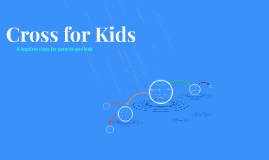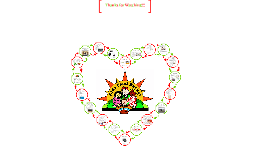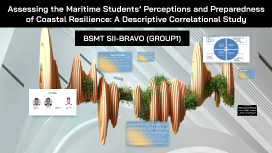Cross Culture Kids
Transcript: Children adopted by parents from another country other than the one of that child’s birth Bi/Multi Cultural or Bi/Multi Racial Children whose parents are from a racial or ethnic group which is not part of the majority race or ethnicity of the country in which they live. Van Reken. Retrieved November 28, 2016, from http://www.crossculturalkid.org/who-are-cross-cultural-kids/ Wikipedia. Third culture kid. Retrieved November 28, 2016, from https://en.wikipedia.org/wiki/Third_culture_kid A Cross-Cultural Kid ( CCK) is a person who has lived in—or meaningfully interacted with—two or more cultural environments for a significant period of time during developmental years” (Van Renken, 2002). Third Culture Kids (TCKs) Children of refugees Kids in the aforementioned groups experience most of the following (Van Reken): Sudden (often repeated) change in cultural environment Nomadic life Anticipated Repartriation Identity from an organization(military, missionary) or circumstances (refugees) Different appearance compared to surrounding people Varied socio-economic status face issues such as change of lifestyle, rejection, uncertainty, prejudices, rootlessness, restlessness large world view multilingual Children born to parents from at least two cultures or races Children of minorities Children whose parents are living outside their original country or place due to unchosen circumstances such as war, violence, famine, other natural disasters Image source: career.iresearchnet.com International Adoptees Domestic TCKs "A Third Culture Kid (TCK) is a person who has spent a significant part of his or her developmental years outside the parents’ culture(s). Although elements from each culture are assimilated into the TCK’s life experience, the sense of belonging is in relationship to others of similar background” (Pollock) Common traits that these kids share with each other Cross Culture Kids Children of immigrants Children whose parents have made a permanent move to a new country where they were not originally citizens References Children whose parents have moved in or among various subcultures within that child’s home country.

















